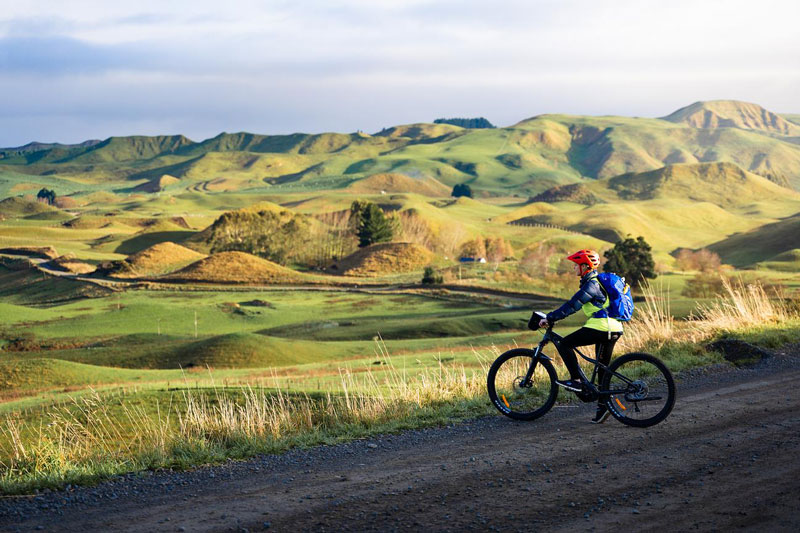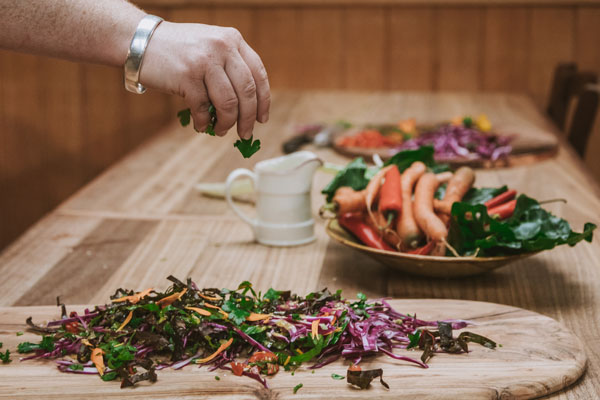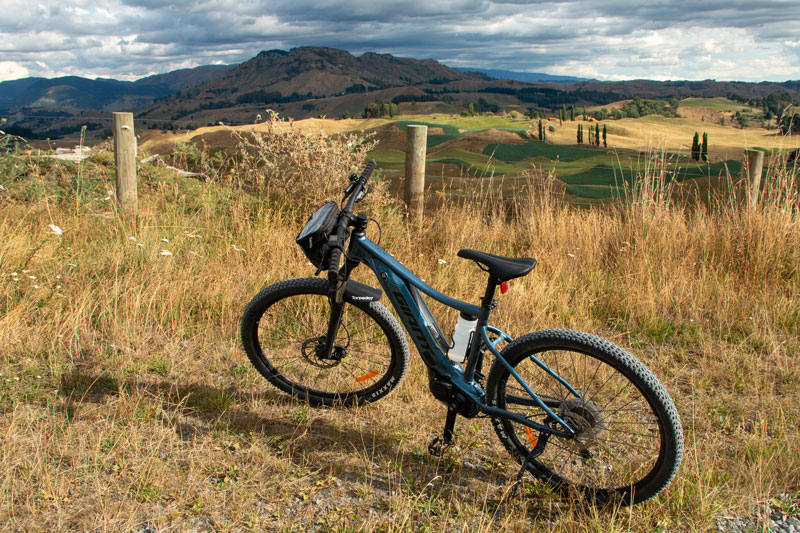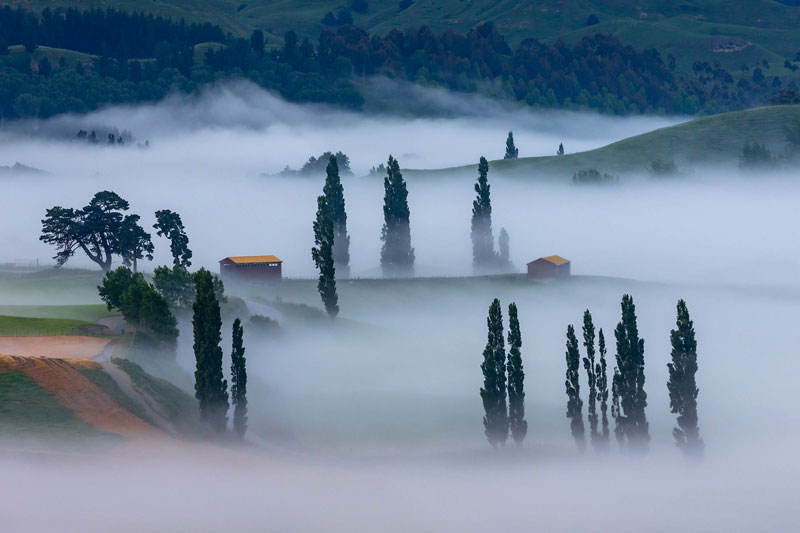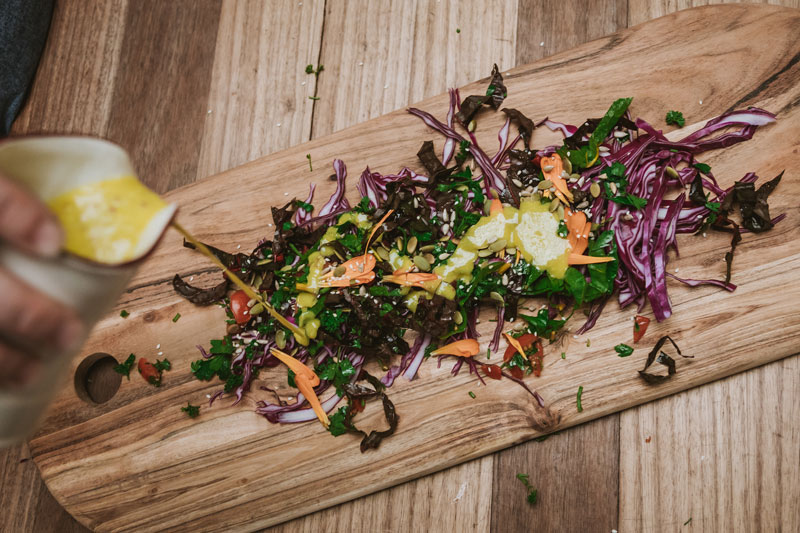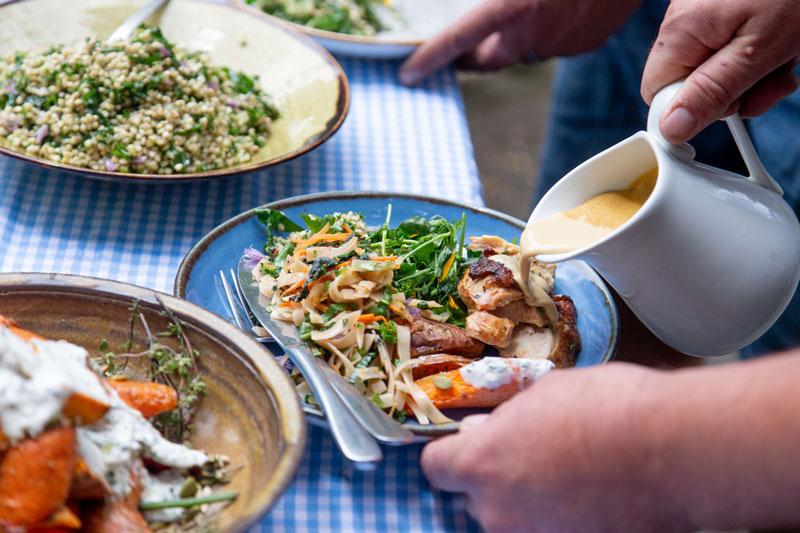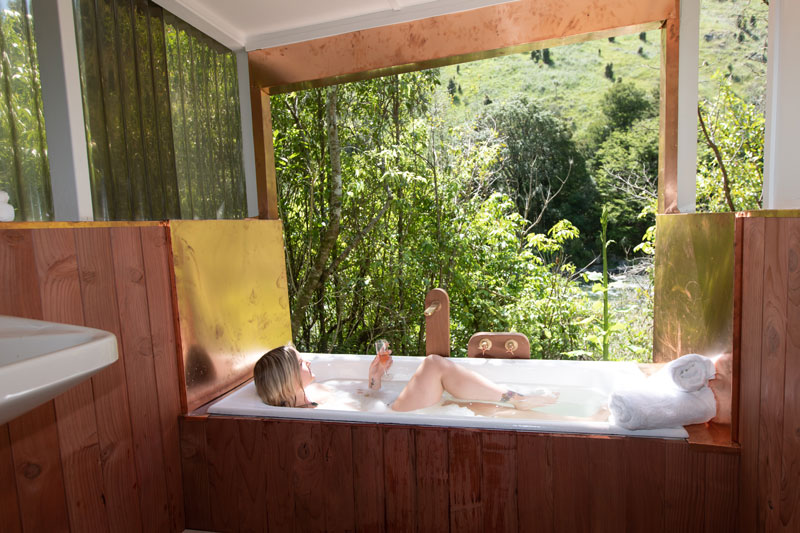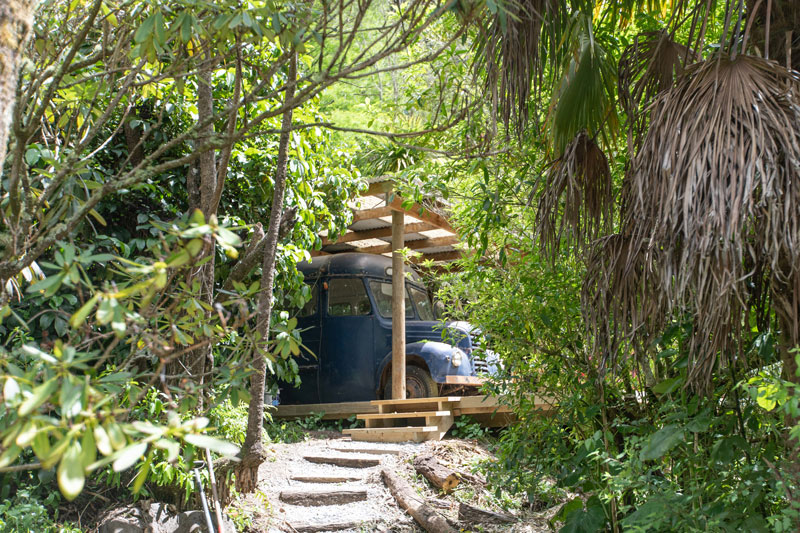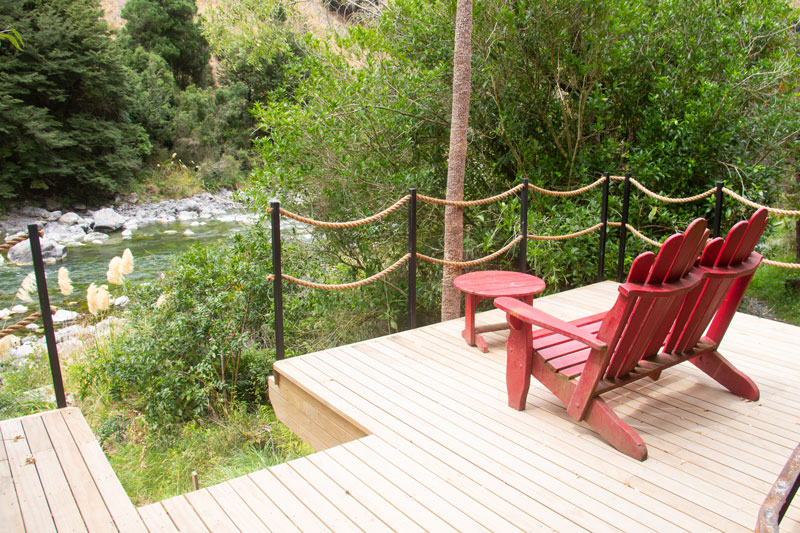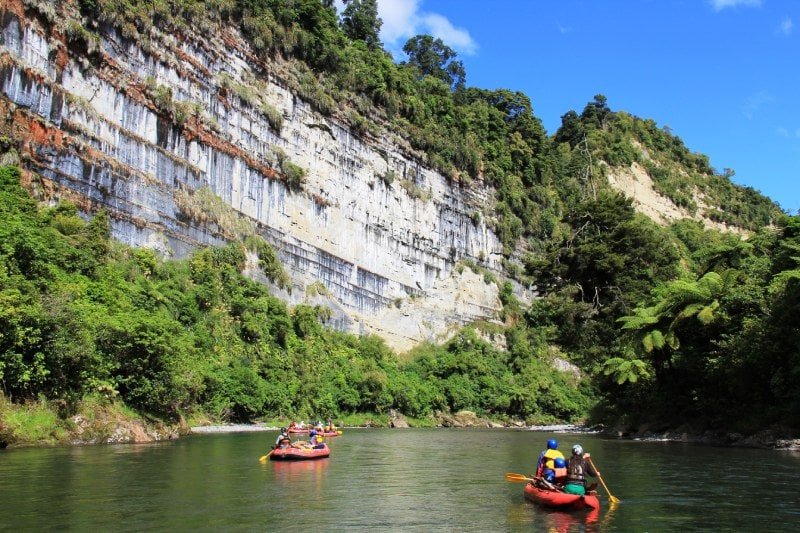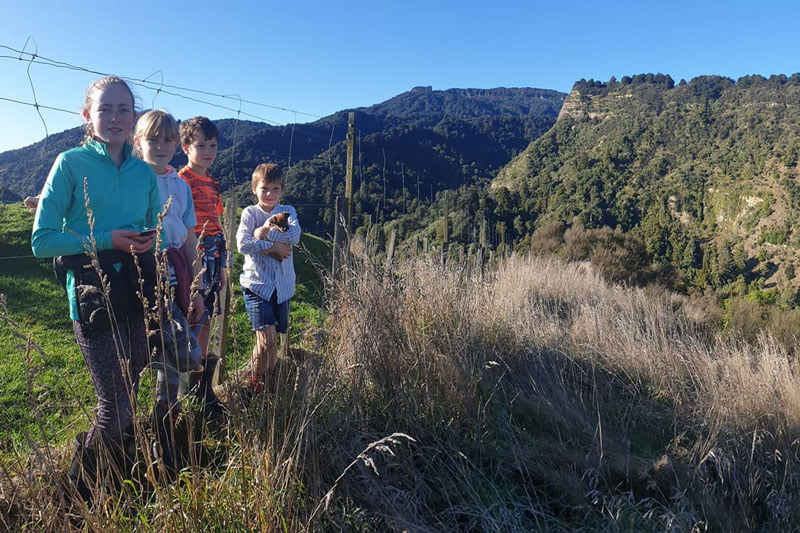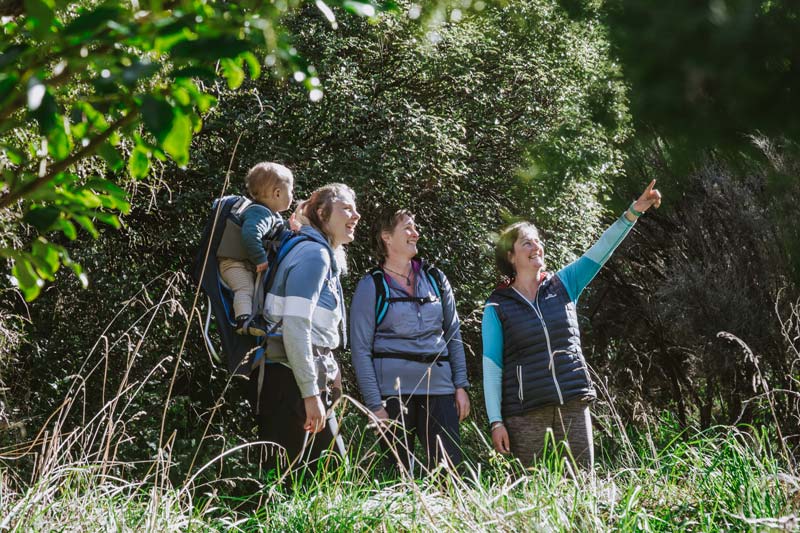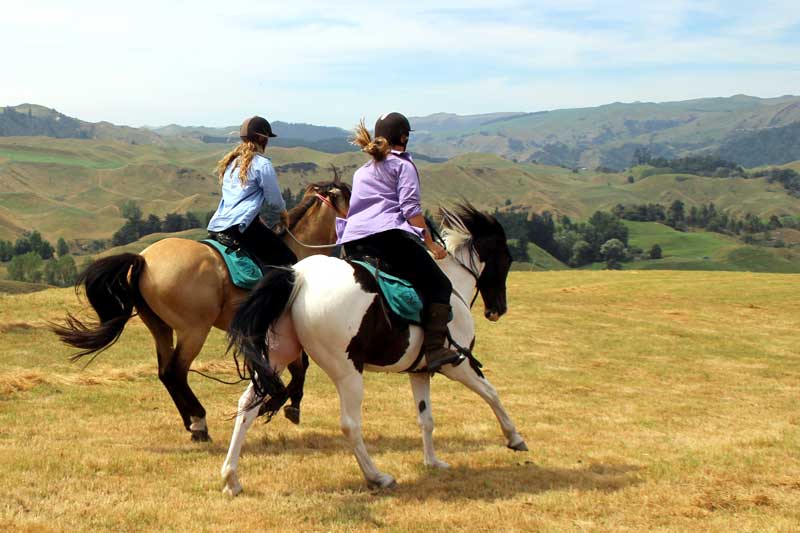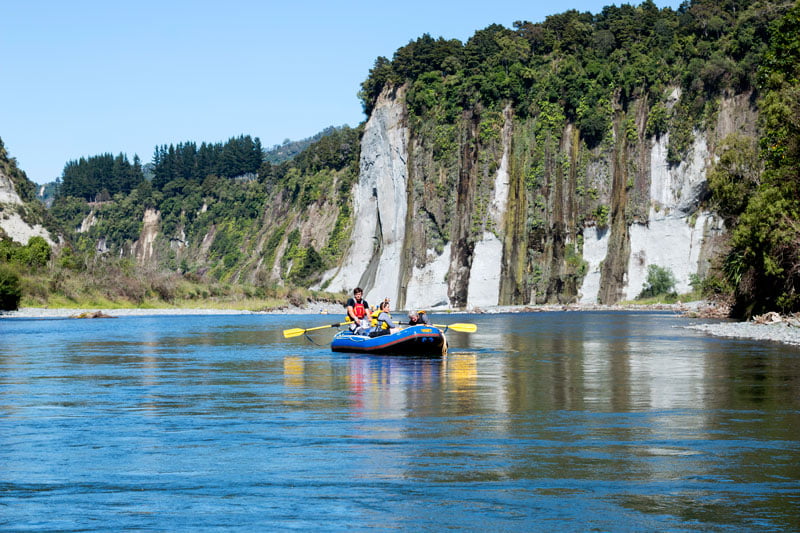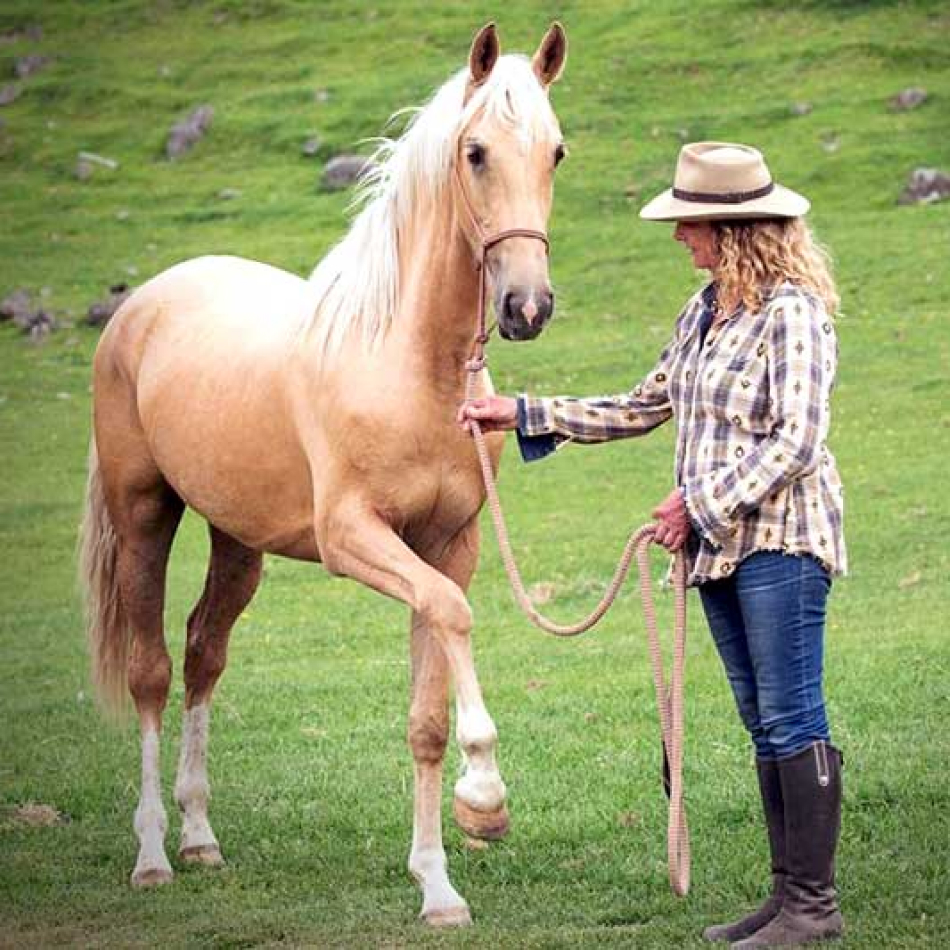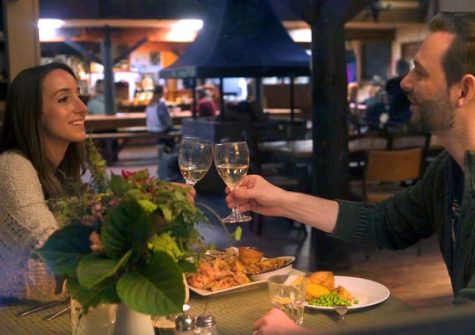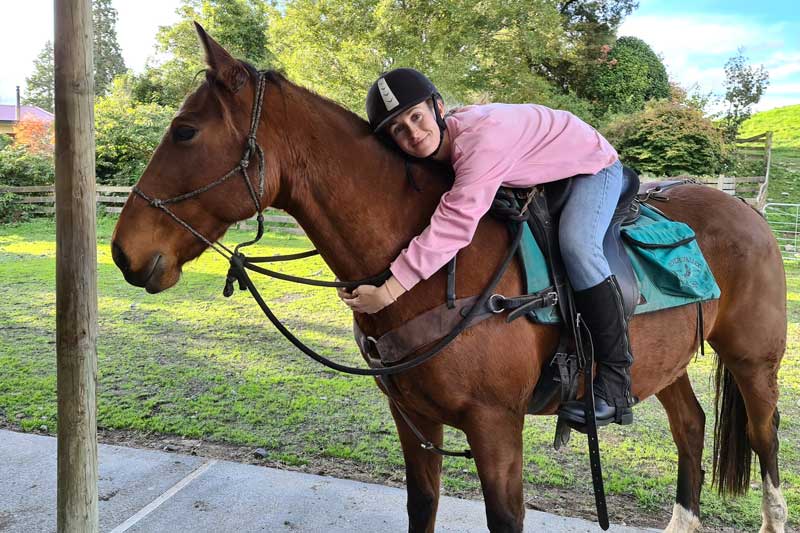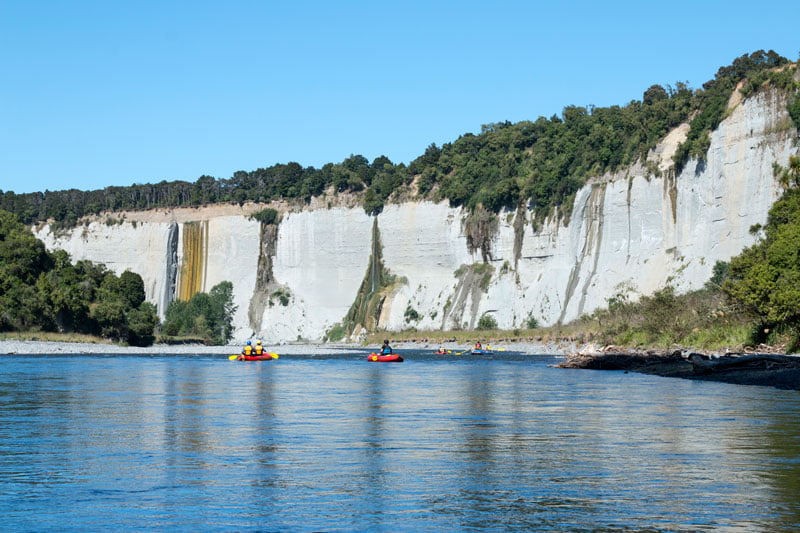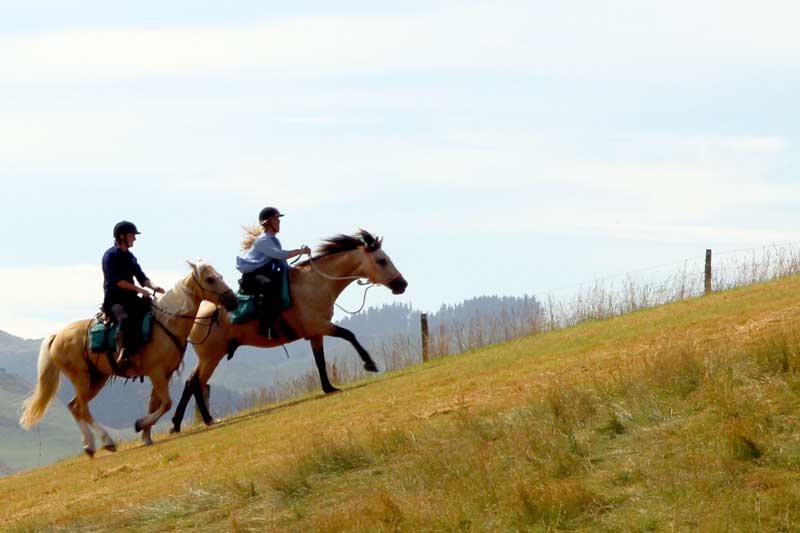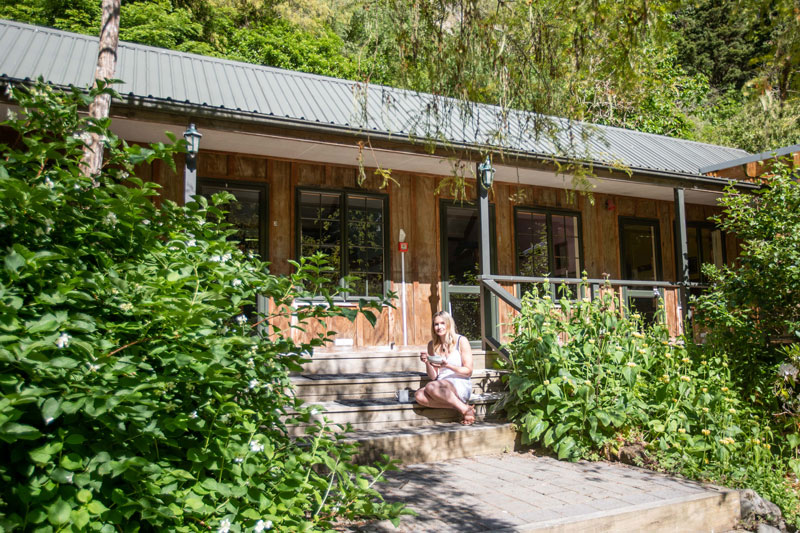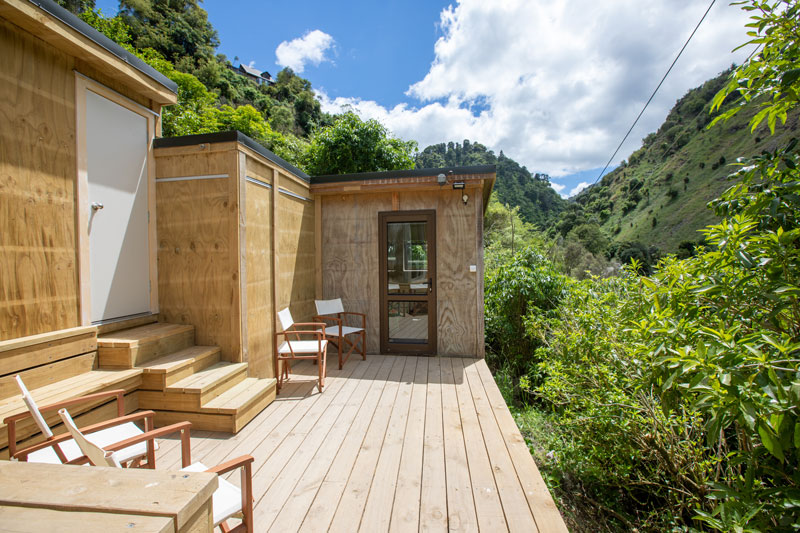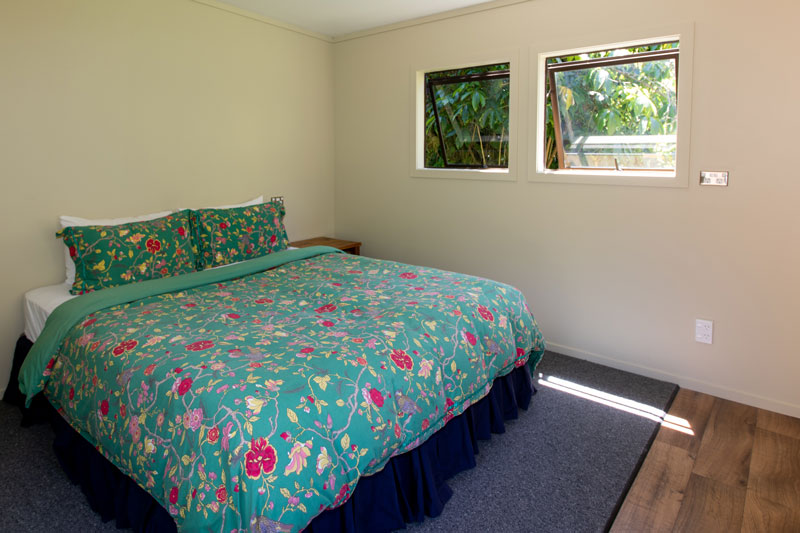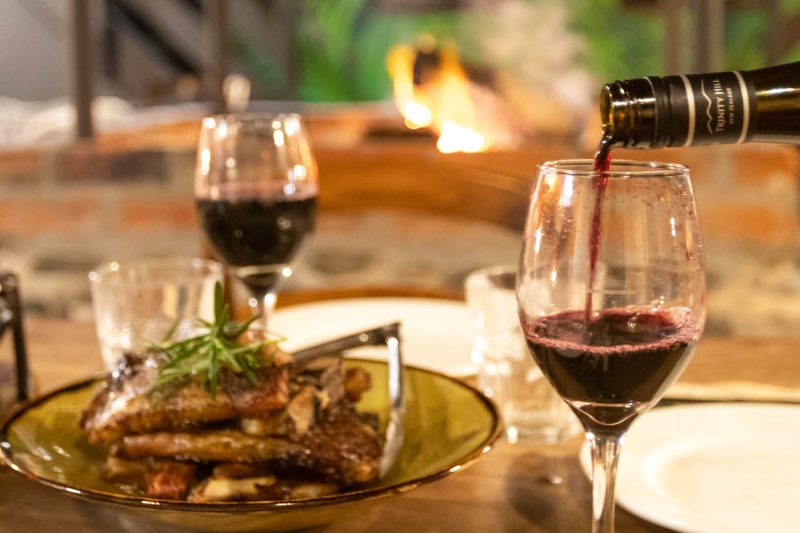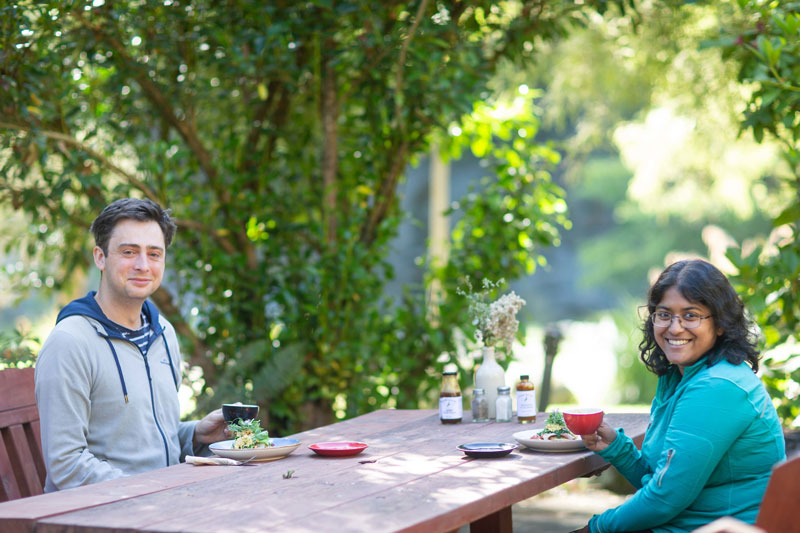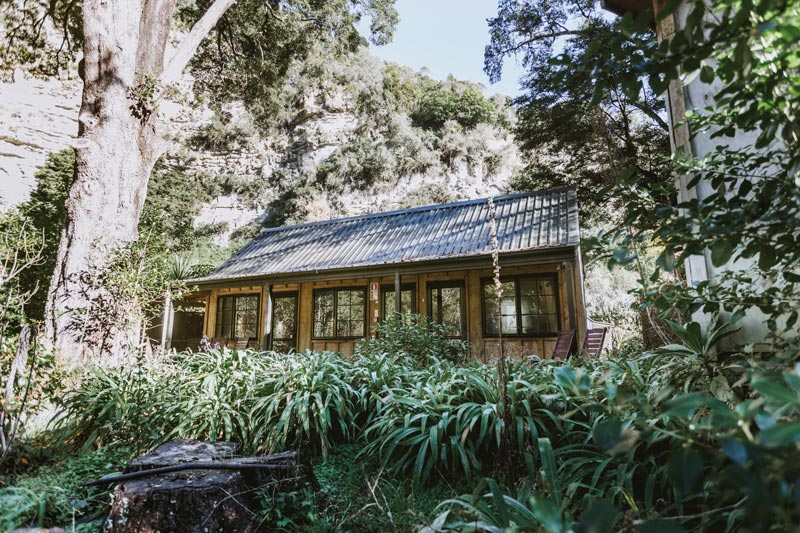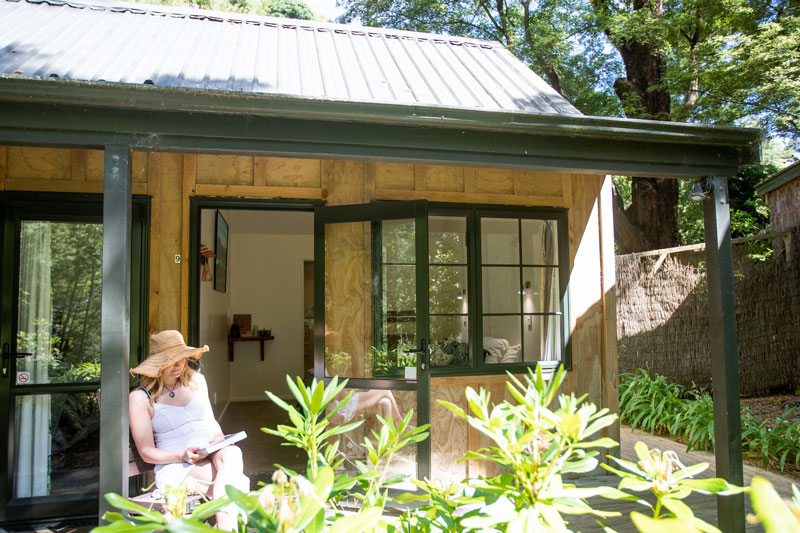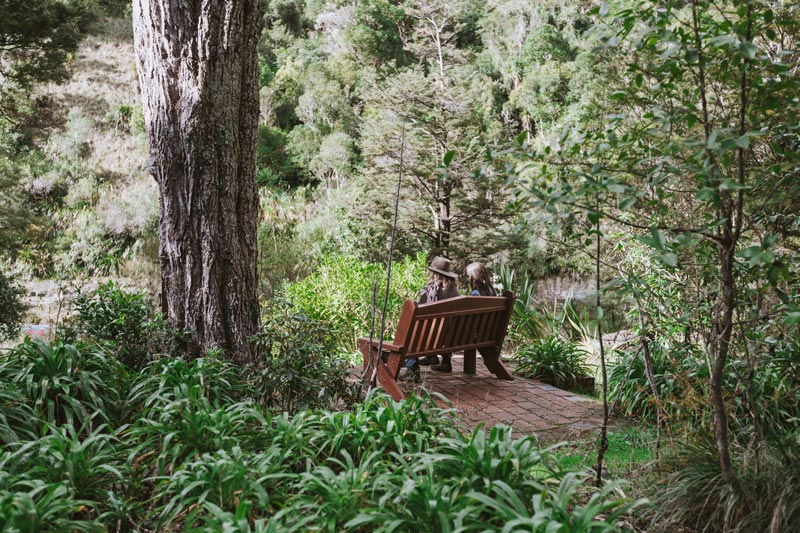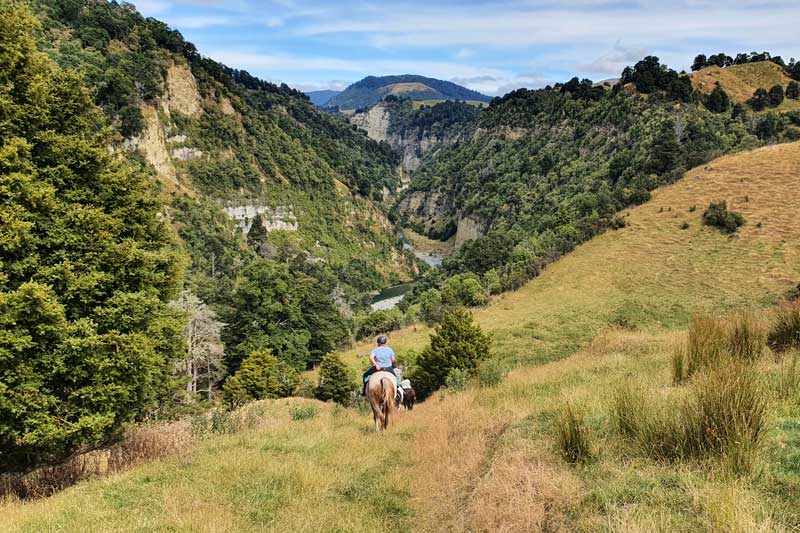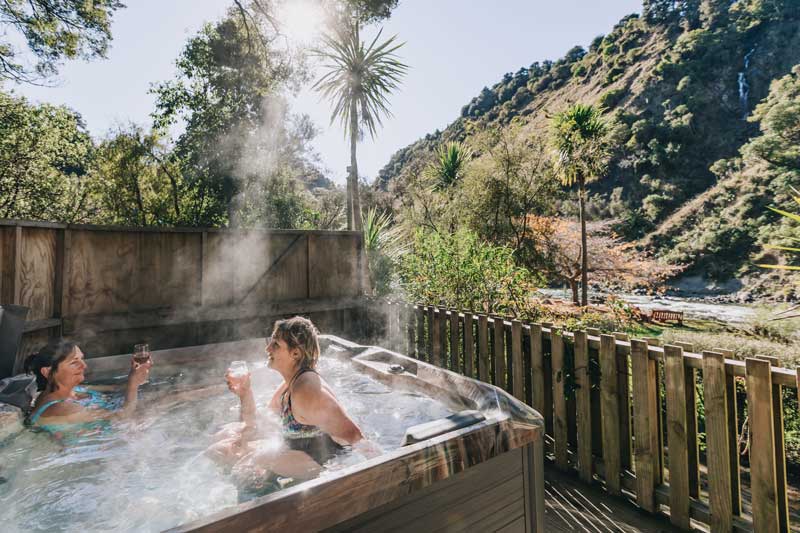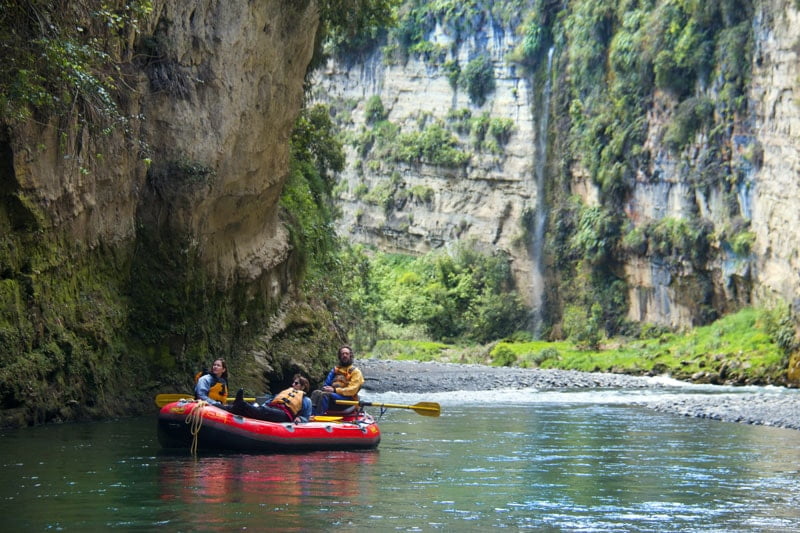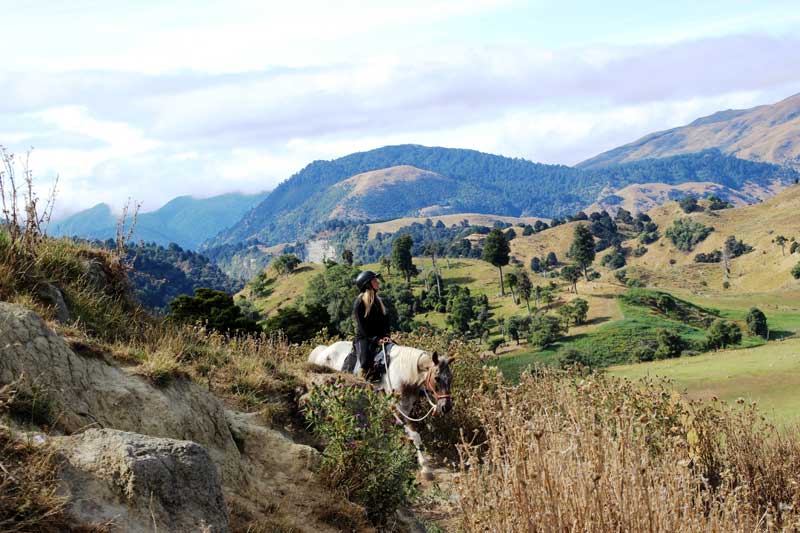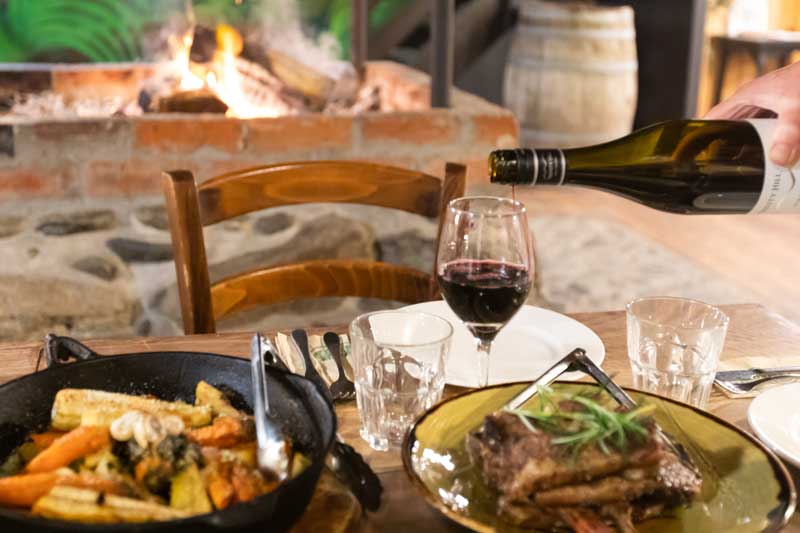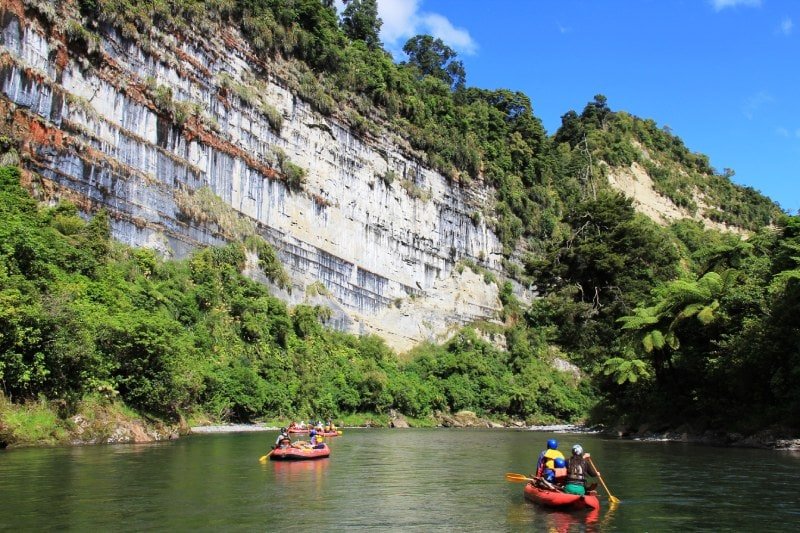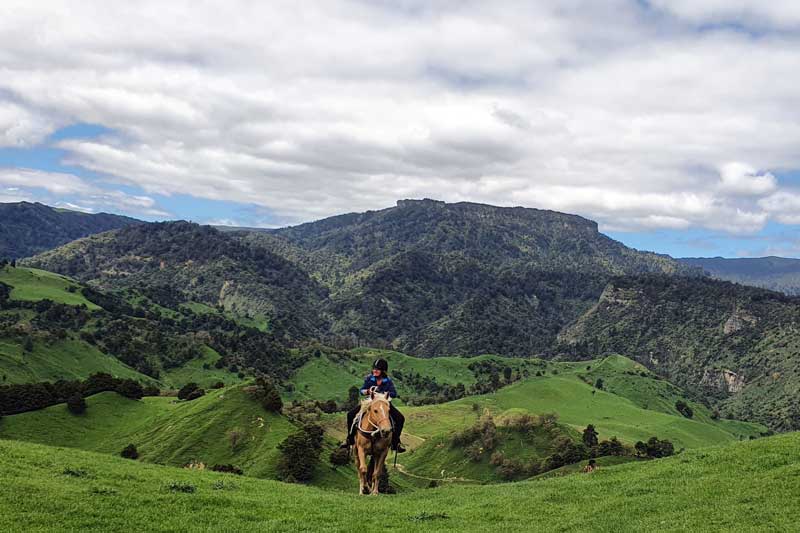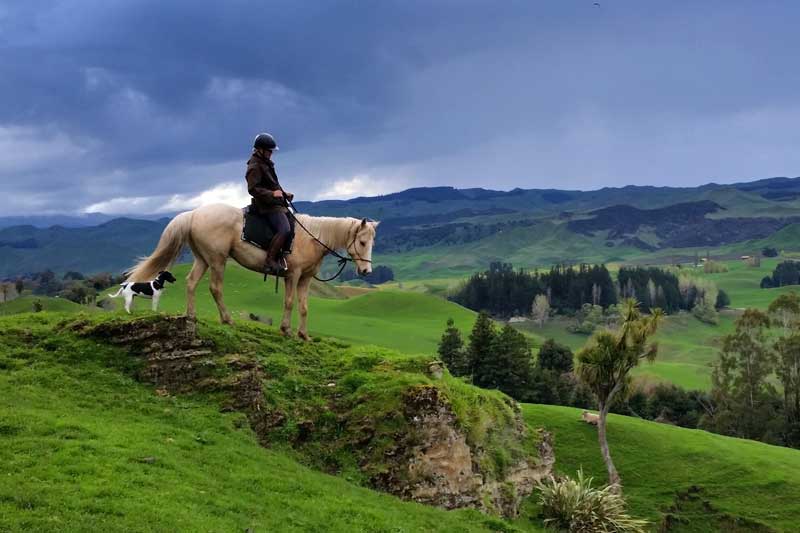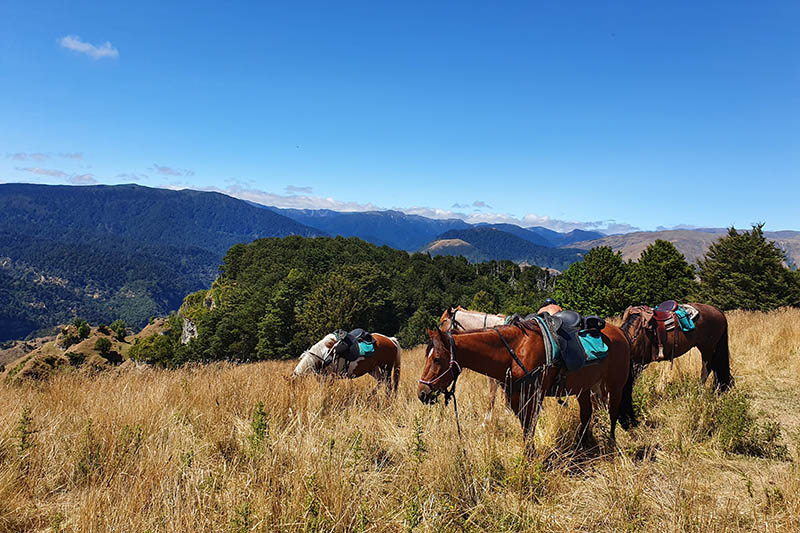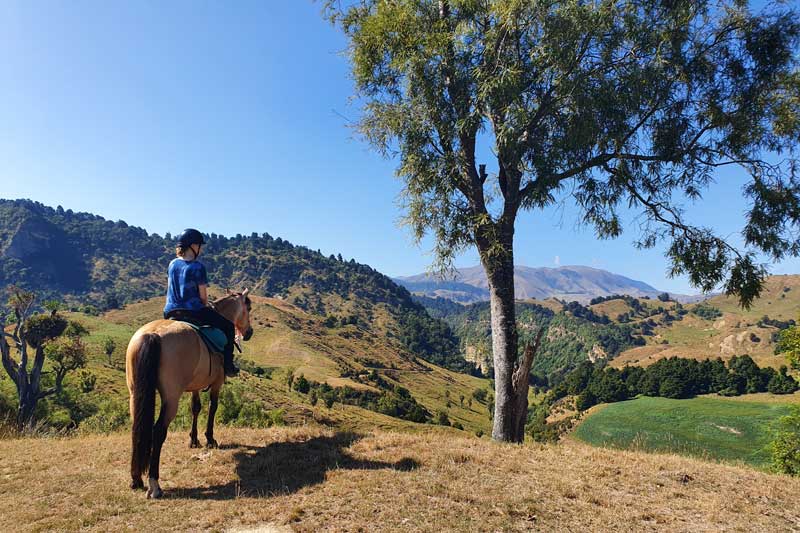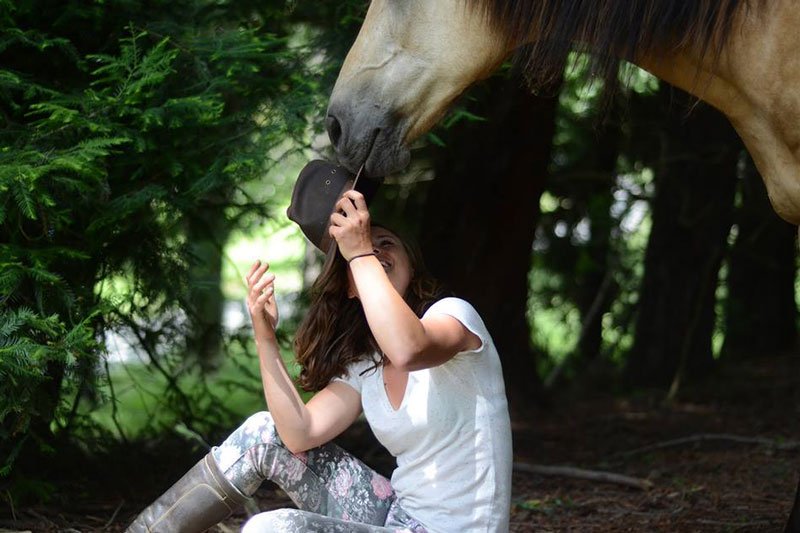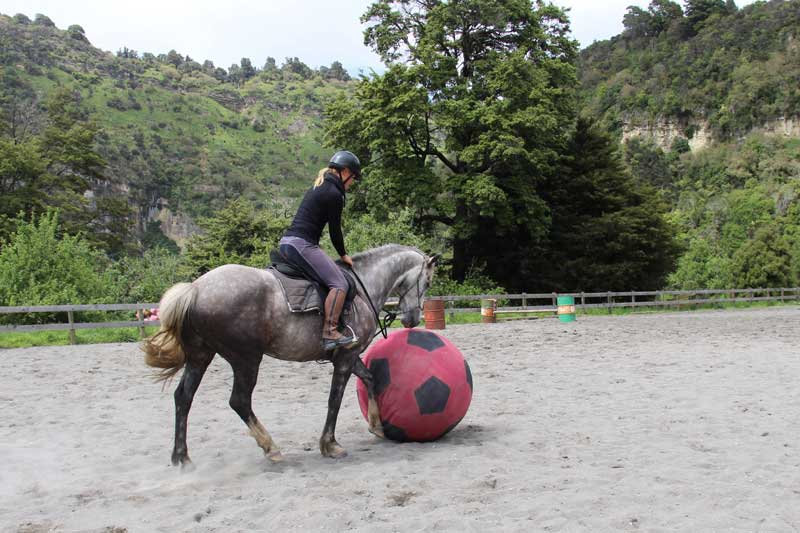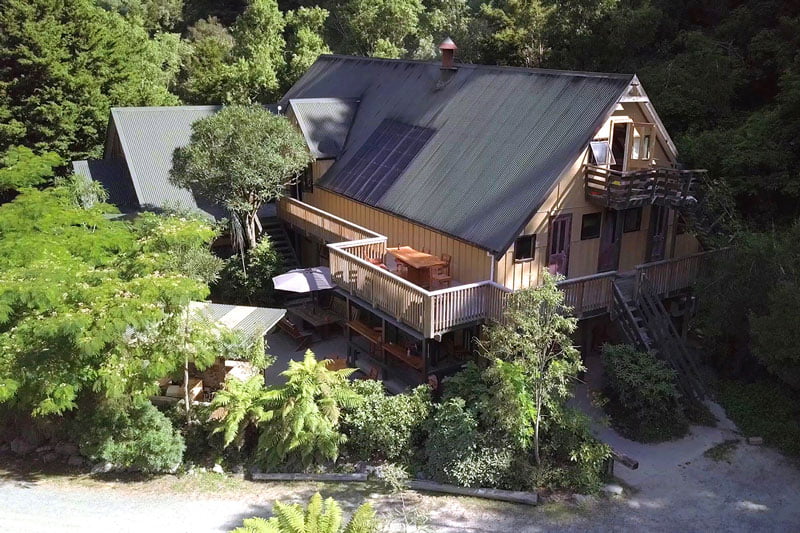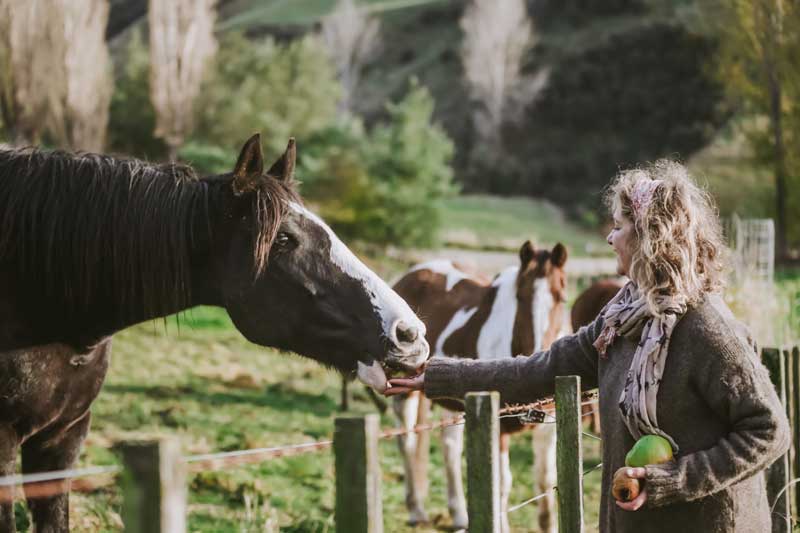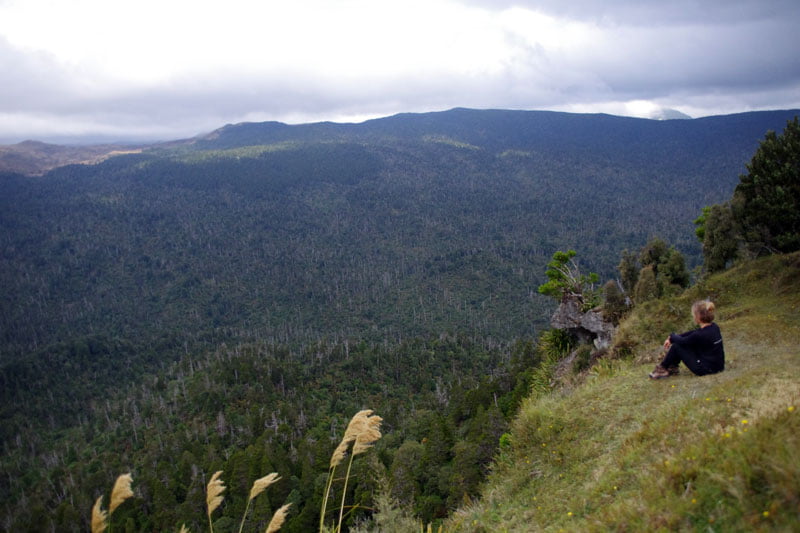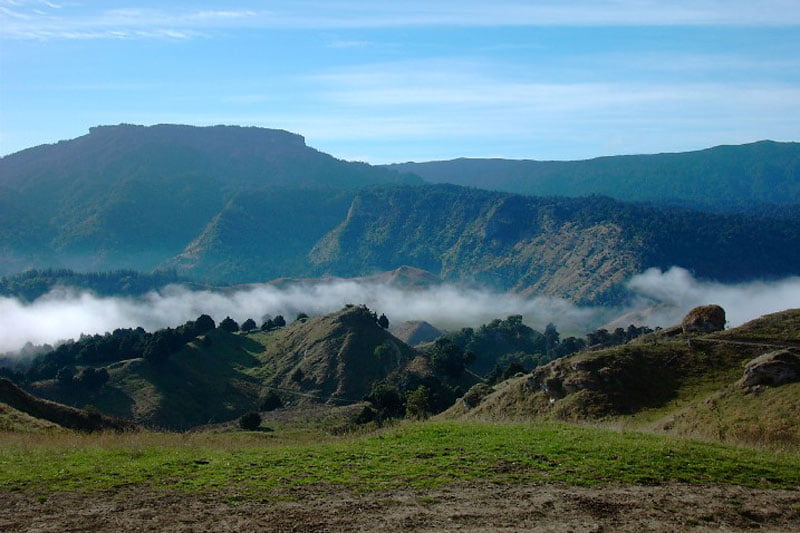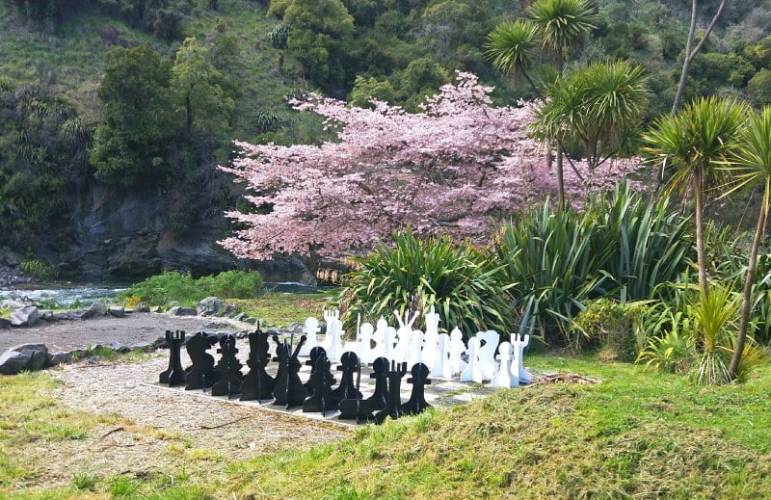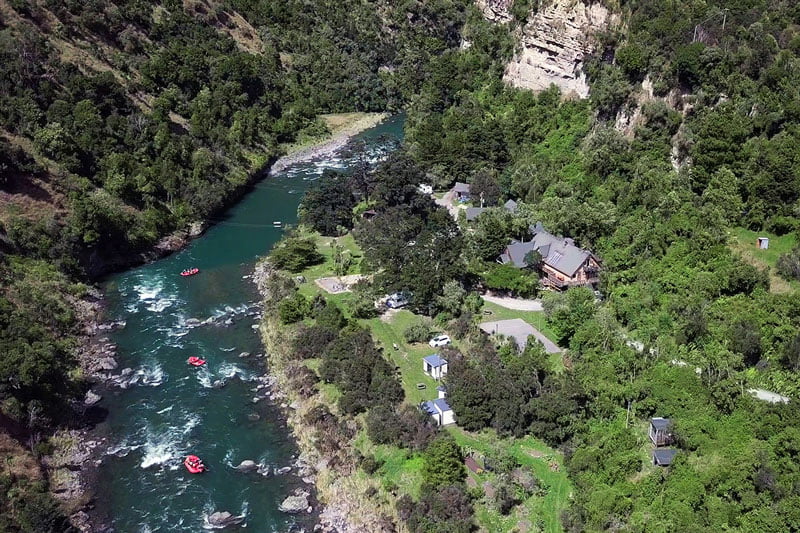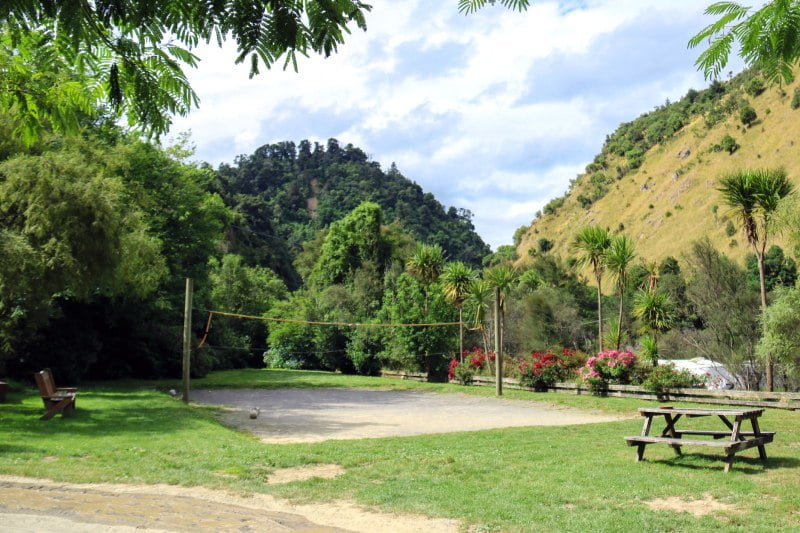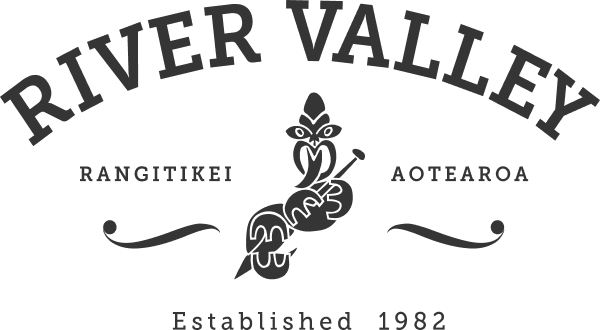The Ancient Art of Tree Crops
Every winter, we plant trees. These days not hundreds of plants, we have run out of space, but rather specific trees for specific purposes.
In the last few days, we finished planting a hillside with Thornless Honey Locust trees – (Gleditsia Triacanthos f.Inermis) along with a handful of White Mulberry specimens (Morus Alba). The trees are on a wide spacing of between 15m and 18m apart.
Why plant these trees and at these wide spacings?
The end effect of planting these trees will be the creation of a savannah type ecosystem. They will join other plantings of Chestnuts, Pecans and Walnuts planted over the last several years and at the same wide spacing. Savannahs are some of the most productive ecosystems on earth.
All these trees have several attributes in common. That is, they provide multiple benefits.
In the case of the Honey Locust, they tolerate dry summers, they fix nitrogen from the air, are helpful with erosion control, and have the added benefit of producing an edible pod in the autumn. This pod is highly nutritious to livestock.
The White Mulberry trees produce an abundance of mulberries, and once upon a time in their home region of China, their leaves were used to feed silkworms.
The Chestnuts, Walnuts and Pecans will produce copious quantities of edible nuts in the autumn and potentially valuable timber.
All these trees are deciduous, letting winter sunshine onto the pasture below while providing much-needed shade over summer. They join a medley of Hazelnut, Apple, Black Mulberry, Cherry, Nashi and Pear trees that have been planted along stock tracks. All these latter have been interplanted with Tagasaste or Tree Lucerne, a quick-growing nitrogen-fixing tree that provides valuable food for honeybees in late winter.
Planting these types of trees is, in many ways, a step back into the past. A step back to farming and landscape systems that while once common, are now rare.
An excellent article can be read here that traces the history of these types of tree systems in Europe from Neolithic times to the scattered remnants that survive to this day.
While I have long been interested in these types of tree systems, that latest motivation has been the obtaining of a copy of the book “Tree Crops, A Permanent Agriculture” by J. Russell Smith. This book was initially published in 1950. The book summarises a great deal of research from all around the world where various species of trees have been used in silvopasture systems. That is farming systems that incorporate trees, livestock and pasture.
Much of the research quoted is from the early 20th century, or even before. From reading the book, it quickly becomes quite apparent that these types of systems can have enormous benefits. Not only for the farmer and his or her livestock, but also the landscape as a whole.
So why do we not see more of this type of tree and pasture system now?
There are several reasons for this. The first would have to be the introduction and widespread use of nitrogen fertiliser, such as Urea, mostly post WW2. This use of Urea and other artificial fertilisers allowed the more intensive cultivation of monocultural annual crops, such as wheat, barley and maise, and the growing of greater quantities of pasture. There have been severe downstream environmental effects from this change.
With this change in the way we grow crops or produce meat or dairy, came the demise of the small family farm that did a little of everything. Bigger has come to be associated with better. There is now little room in most food production systems for the types of tree crops mentioned above
Bigger is better is a dubious assumption at best.
Finally, there is the cost and labour input in the establishment phase. The types of trees mentioned above are expensive to purchase, as is protecting them from browsing animals while they are young.
However, even with the drawbacks mentioned above, it will be exciting to see how these plantings will both enrichen and add a layer of resilience to our landscape in years to come.
Brian Megaw

